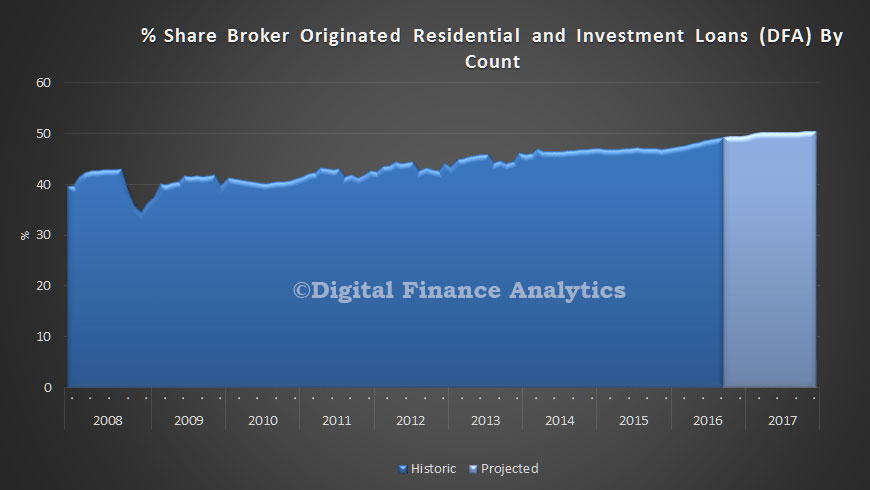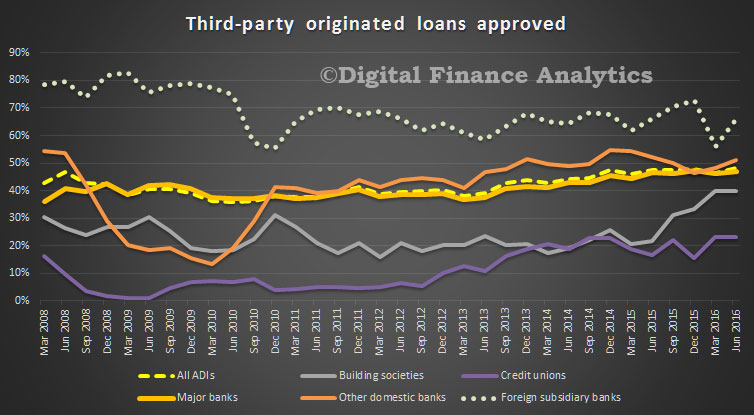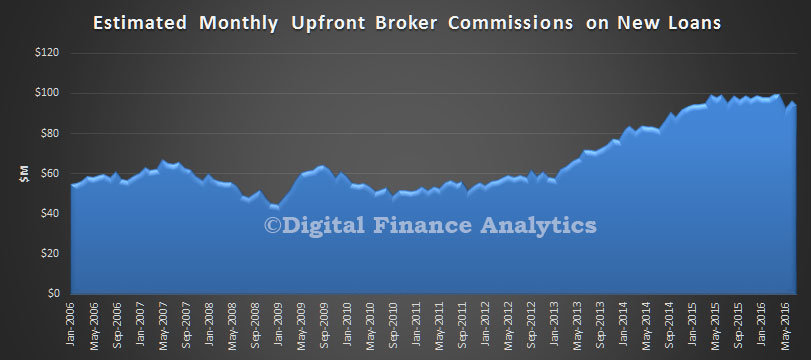The wind of change seems to be blowing though the financial services sector as the focus on doing the right thing for customers increases. The industry’s dirty secret is that many in the sector are rewarded on a commission basis for selling products and services, irrespective of whether they are right for the customer concerned. Recent scandals have been all about the interests of the industry coming ahead of consumers, whether employed by the firm, or an “independent” advisor.
 This entrenched practice took root as players sought to boost profit by cross selling and up-selling more products to their customers, and targets, plus commissions became a pretty standard, if undisclosed, practice when working with third party advisors.
This entrenched practice took root as players sought to boost profit by cross selling and up-selling more products to their customers, and targets, plus commissions became a pretty standard, if undisclosed, practice when working with third party advisors.
Whether a bank teller, a financial advisor, a mortgage broker, or other bank employee; behaviour is likely to be influenced by expectations of personal remuneration. This is not transparent to the consumer, who relies on the advice.
But this week we may be seeing signs of a new set of practices emerging. Westpac has said it will no longer pay sales commissions to bank tellers, but performance will be assessed by customer satisfaction. Changes are also afoot in the sales force too.
From next month we’re planning to remove all product related incentives across our 2,000 tellers in the Westpac branch network. Rather, their incentives will be based entirely on customer feedback about the quality of service they received in the branch.
We have also revisited the way we reward specialised sales roles in our network. We will no longer vary reward values based on different products; but rather our people will be rewarded for meeting the full range of our customers’ needs.
The Hansard record of the new RBA Governor’s comments this week made some interesting points about remuneration in financial services and the cultural issues arising.
Mr THISTLETHWAITE: You mentioned earlier your mandate in terms of financial systems stability. There has been a whole host of scandals in recent years with the banks, particularly with their wealth management arms. It is an issue that this committee is going to inquiry into in the coming months. This is a bit of a left-field question, but, from a regulatory perspective, if you were redesigning our financial system regulation in Australia what would you change?
Dr Lowe: I do not think a whole redesign is required.
Mr THISTLETHWAITE: Would you change anything?
Dr Lowe: APRA is the financial regulator, so it is not the Reserve Bank. And APRA has made many changes to the nature of financial regulation recently—really around capital and liquidity. So I think the finance sector feels like it has gone through a period of very accelerated regulatory change. It is best, probably, to kind of let that settle and see how the system adjusts to it. I sense that you are asking about other types of regulation that really go to the issue of bank culture.
Mr THISTLETHWAITE: Is there anything you want to say about that?
Dr Lowe: I cannot help but agree with you that there have been too many examples of poor outcomes, particularly in the wealth management and insurance industries. That is disappointing to us all.
Maybe I can make two other remarks—and, again, a broader perspective. The Australian bank system has performed well over a couple of decades. We did not have the excessive risk-taking culture in the lead-up to the financial crisis. I think that is really important. If we had a really bad risk-taking culture, we could have ended up in the same situation as many other countries did. Part of it is due to APRA’s good regulation, but the banks did not develop this culture that we saw overseas. So that has given us more stability. Again, that is a first-order point.
In terms of behavioural issues—it is hard. I think it comes down to incentives within the organisations, and that is largely remuneration structures. That is a responsibility of management. And, probably, APRA can play some constructive role in encouraging remuneration structures that create the right incentives within organisations. If there was one thing that I could focus on—it is not my responsibility; it is not the Reserve Bank’s responsibility—is making sure that the remuneration structures within financial institutions promote behaviour that benefits not just the institution but its client.
What I would like to see is, really, banking return to be seen as a strong service profession. I do not know how far away from that we are. Banking, historically, has been a profession—a profession of stewardship, custodians, service, advisory, counsellor. Is not a marketing or product-distribution business; banking is a profession.
I like the Banking and Finance Oath. I do not know whether you have seen this, but a number of people have signed up to this, including me, and I encourage others to do it as well. Its first line is: ‘Trust is the foundation of my profession.’ We have got to move beyond people just signing this oath to actually making that in practice. I do not run a commercial bank. I do not know how to embed within a commercial bank the idea that trust is the foundation of the noble profession that we do. It is largely about incentives and remuneration.
The Australian Bankers Association had previously announced a Independent Review of Product Sales Commissions and Product Based Payments
The final report is expected to provide an overview of product sales commissions and product based payments in retail banking and other industries, identify possible options for better aligning remuneration and incentives so that they do not result in poor customer outcomes and set out actions which may be considered by banks and the banking industry to implement the findings.
This puts the current ASIC remuneration review of mortgage brokers in a new light perhaps. The outcomes are expected in December. However, this review is being done in secret. As we said in an earlier post:
ASIC has evidently released the final scope of its review of remuneration in the mortgage broking industry – but only to industry insiders. According to media, the corporate regulator has confirmed it will review the remuneration arrangements of “all industry participants forming part of the value distribution chain”. This includes lending institutions, aggregation and broking entities, and associated mortgage businesses – such as comparison websites and market based lending websites – and referral and introducer businesses.
But why, we ask, was the scope not publicly disclosed? Why are ASIC seeking input only from industry participants? We agree the remuneration review is required – but the lack of transparency is a disgrace.
Our guess is that commissions will not be banned, and the findings will focus more on better disclosure.
It is worth remembering that before that the changes to FOFA were disallowed in the Senate in late 2014. The changes would have made if easier for employees to receive incentive payments for product sales.
So now the climate appears to be changing. Will other banks follow Westpac’s lead? Will the remuneration review lead to changes to commission structures (especially trails) or a ban? Could we be seeing signs of fundamental cultural change in the industry? And will consumers be better off?
Worth reflecting on the changes which have emerged in the UK.
From April 2016 investment middlemen, including financial advisers and do-it-yourself investment brokers, will no longer be able to accept commission payments from fund companies.
The changes coming into force are the final phase of a series of new rules that started to apply at the start of 2013, which stopped advisers receiving ongoing, or “trail”, commission on new investments.
This rule has applied to brokers since April 2014. Since this date brokers have not been able to receive ongoing trail commission on new businesses, due to the legislative changes.
But until April 2016 commissions could still be deducted from earlier investments. And it is that backlog of investment which, for many, will soon become cheaper.
From April, instead of taking commissions, all middlemen will have to charge an explicit fee, expressed either as an hourly rate or as a percentage of savers’ investment pot.
The new rules were ushered in to remove any potential bias. But – and this is the catch – these old-style payments will not cease for some investors, such as those who went direct to the fund provider, or invested through a bank.














